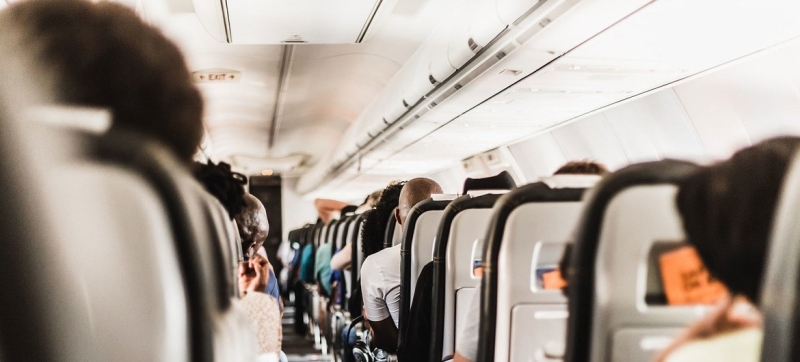
ICAO is working with partners to create a unified global framework for accessible air transport. Airlines are working to make flying more accessible for people with disabilities during the holiday season Human Rights
As the holiday season approaches, airports around the world are experiencing an influx of travelers. Among them are many people with disabilities, who make up approximately 16 percent of the world’s population, according to the latest data from the World Health Organization (WHO).
While current regulations in this area focus primarily on addressing issues within national jurisdictions, significant progress will require a shift in focus to a holistic global system. The International Civil Aviation Organization (ICAO) has set standards to improve accessibility in air transport: the Convention on International Civil Aviation obliges States to ensure that persons with disabilities receive services equivalent to those available to the general public. In addition, the UN Convention on the Rights of Persons with Disabilities emphasizes the need to respect their rights to accessibility and full participation in society, including freedom of movement. Despite these regulations, travelers with disabilities often face significant challenges when traveling by air. Inadequate staff training and physical barriers at airports can make their travel experience challenging.
Working together to improve the situation
Recognizing the challenges, ICAO is working with industry partners such as the International Air Transport Association and Airports Council International to create a unified global framework for accessible air transport. This collaboration aims to remove architectural, technological and information barriers to ensure a seamless travel experience for passengers with disabilities. “Airlines are committed to providing a safe, secure and dignified travel experience for every passenger, including those with disabilities,” said Willie Walsh, Director General of the International Air Transport Association. “To achieve this, airlines, airports and the disability community must work together. In addition, national regulatory frameworks for passengers with disabilities must support the provision of services regardless of where the journey begins or ends.”
